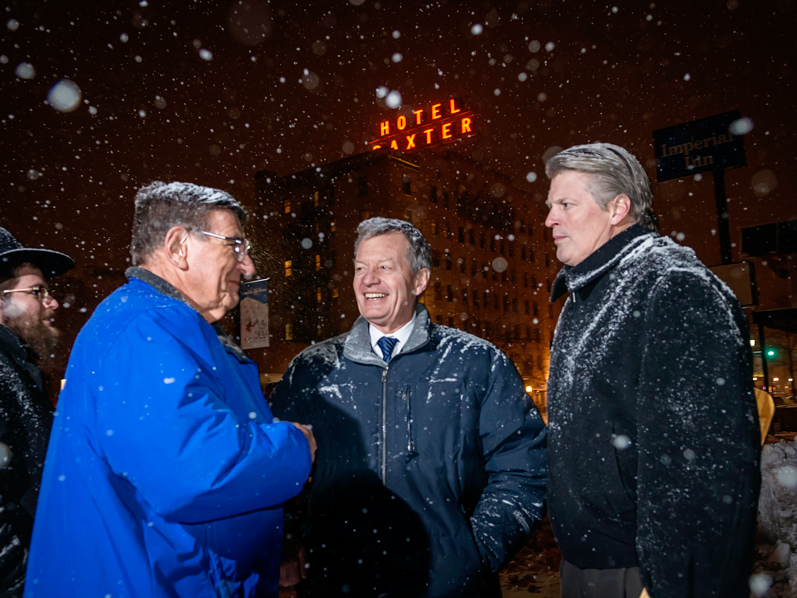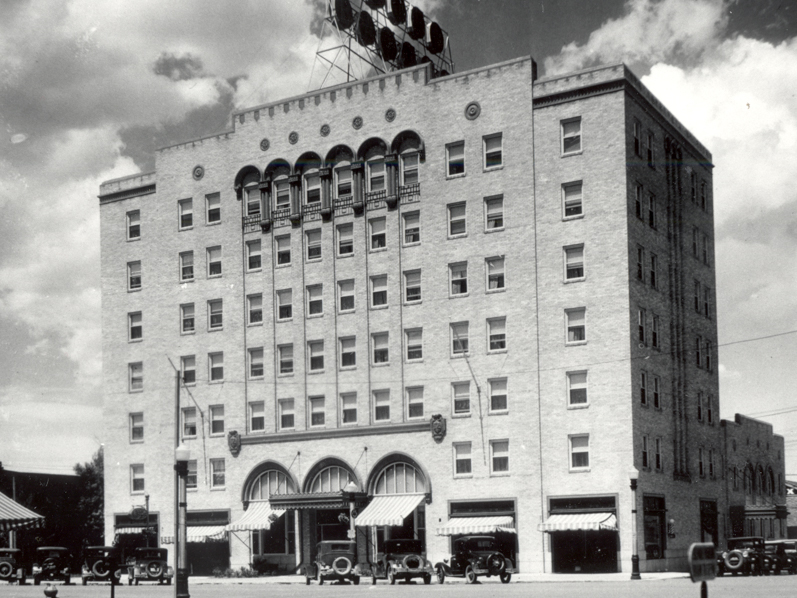
Bozeman Daily Chronicle: ‘Hotel Baxter’ Sign Shines Again
Snow drifted down on the crowd as the historic “Hotel Baxter” sign was relit Thursday night, once again glowing above the downtown sky. “A crown jewel of Bozeman,” U.S. Senator Max Baucus told people gathered outside at the corner of Main Street and Grand Avenue just...
